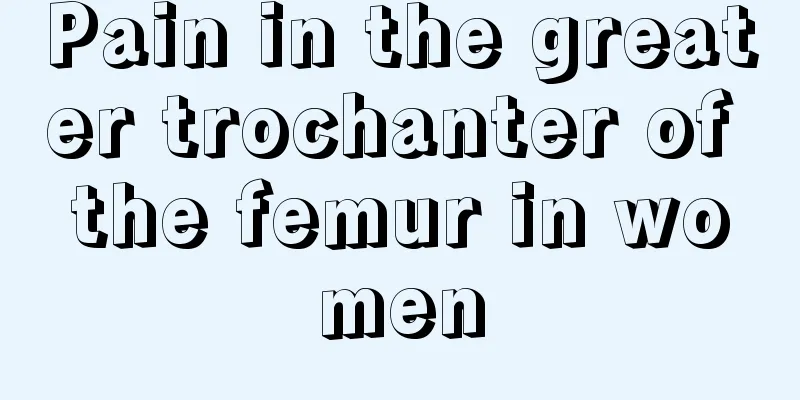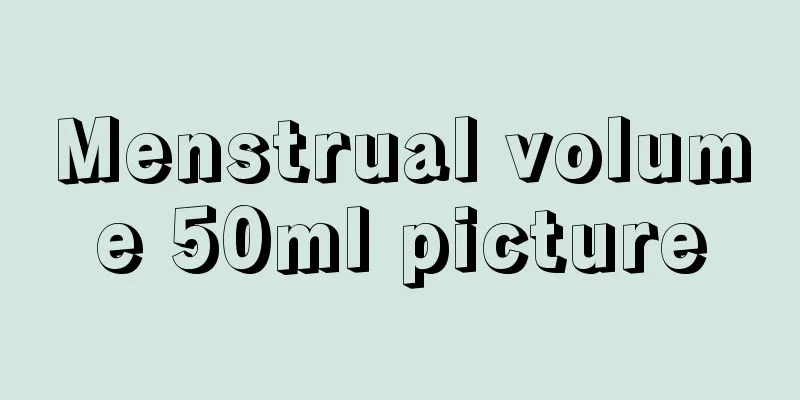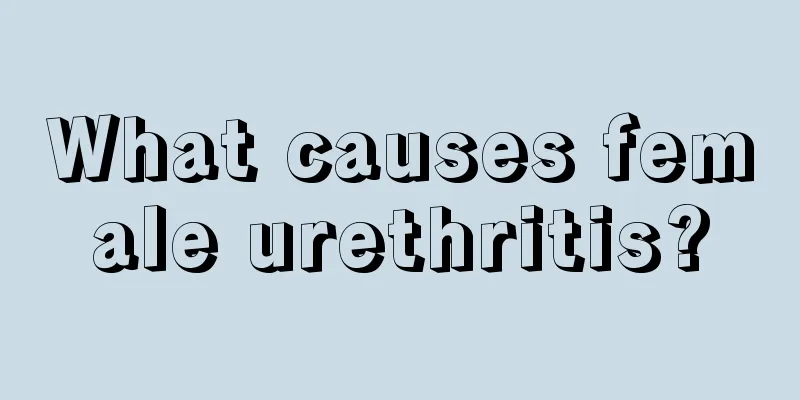Pain in the greater trochanter of the femur in women

|
In our daily life, we often encounter various kinds of pain. Rheumatic bone disease has basically become normalized. We will have a headache, knee pain, back pain, wrist pain, heel pain every now and then... But have you ever experienced soreness on both sides of the hip joint and pain around the greater trochanter of the femur? Let’s take a detailed look at this issue below. What are the causes of pain in the greater trochanter of the femur in women? If a woman experiences pain in the greater trochanter of her femur, the first thing to do is to determine whether she has suffered any trauma. Trauma can cause fracture of the greater trochanter of her femur, so active and thorough examinations are necessary. If there are surgical indications, surgical treatment should be performed actively. Long-term standing and long-term cycling can easily cause repeated friction of the synovium at the location of the greater trochanter of the femur, resulting in local hematoma and edema, which can cause aseptic inflammatory symptoms and cause local pain. Tumors of the greater trochanter and their suppurative infections can also cause local pain. What causes greater trochanteric pain syndrome? The actual cause of greater trochanteric pain syndrome has not yet been established. It is mostly due to long-term chronic muscle strain and muscle tension imbalance at the affected area, which causes anxiety and inflammatory mediators at the tendon attachment points at the trochanteric area, thereby causing pain. Pelvic tilt, leg length discrepancy, etc. may all cause greater trochanteric pain syndrome. In addition, studies have shown that gluteus minimus and gluteus minimus tendonitis are the main causes of greater trochanteric pain syndrome. HOW DOES IT HANDLE? The treatment of greater trochanteric pain syndrome is mainly conservative, and very few patients undergo surgical treatment. Before treatment, the cause of the pain should be determined and then treated with medication. The success rate of conservative treatment for greater trochanteric pain syndrome is about 90%, mainly including non-steroidal anti-inflammatory drugs for pain relief, local acupuncture therapy, restricted exercise, shock wave therapy, traditional Chinese medicine acupuncture, massage therapy, local nerve block, etc. The surgical treatments for greater trochanteric pain syndrome include iliotibial band release and lengthening, greater trochanteric bursa removal, and gluteal tendon repair. Since muscle tone imbalance is also a cause of greater trochanteric pain syndrome, targeted gluteus minimus activation muscle training can also play a role in preventing and relieving pain. |
<<: Is the temperature high all day after pregnancy?
>>: Can pregnant women with high blood sugar eat millet porridge?
Recommend
If a child takes antipyretic medicine and then vomits, does he need to take it back?
Respiratory diseases are prevalent recently, and ...
Precautions for exercise during the second trimester
Many women become the "key protected objects...
What to do if you want to get pregnant and your progesterone level is low
We all know that progesterone is a type of pregna...
How old can babies eat black rice? What are the benefits of eating black rice for children?
Black rice has high nutritional value. You can co...
Is it OK to have sex with a prolapsed uterus?
Many women will gradually experience uterine prol...
Nipple pain, no breast pain
Some female friends often experience nipple pain ...
How to prevent pregnancy without condoms or pills
In daily life, there may be such a situation: whe...
Thigh pain during menstruation
Thigh pain is a common symptom, which can cause g...
34 weeks of pregnancy
We all know that women will experience a series o...
The genitals are a little red and itchy, what should I do?
The symptom of the genitals being a little red an...
Does working night shift make women age faster?
For female friends, seeing themselves getting old...
How long does it take for ovulation to occur after medical abortion?
Medical abortion is a common abortion procedure, ...
How long can sausage be kept? What is the membrane on the outside of sausage?
Chinese sausage has a long history. Chinese sausa...
Can you feel the cervix being wet?
What are the early symptoms of cervical warts? Ce...
Is it OK to eat hot pot while losing weight? What are the precautions for eating hot pot?
When eating hot pot, people often pursue tenderne...









